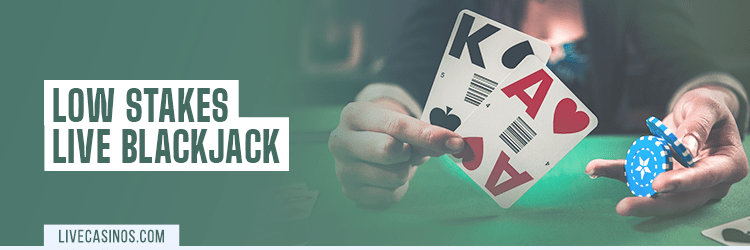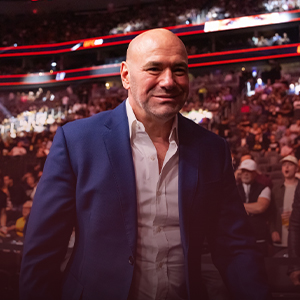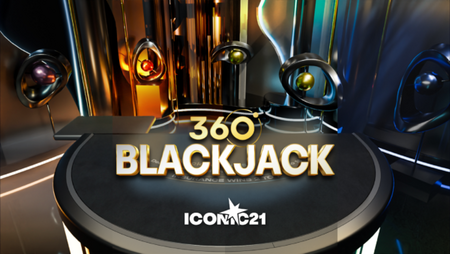If two cards in a blackjack hand have the same value, the player can split: divide the card pair into two new separate hands. Each card becomes the first card of the respective hand, so that the player has the option of playing with two hands instead of just one.
Although it sounds simple – get a pair, split it – it comes with a number of challenges. The first challenge is knowing which pair to split.
However, the question “What does split mean in blackjack?” is seldom a priority for blackjack novices.
Blackjack split rules can be crucial to swaying the blackjack odds in one’s favor. Knowing when to split in blackjack also helps players avoid busting if they split the wrong pair. In short, mastering the blackjack split is instrumental if you want to perfect your blackjack strategy.
In this article, we'll go over the basics of splitting in blackjack. You'll learn when you can split in blackjack and which pairs are best suited for splitting (and which should not be split).
What is Splitting in Blackjack?
What does split mean in blackjack?
In short, splitting is an action that is possible in blackjack when the hand contains a pair of matching cards. For example, if you are dealt a pair of 4s or 8s, the split option is offered in addition to hit and stand.
When splitting, the two cards are split into two different hands. This means that you automatically place an identical bet on the newly formed second hand, so that you have two separate bets.
This doubles your chances of winning, as you can decide what happens to each hand by selecting “choosing Hit, Stand, Double Down, or even Split if the newly formed hands make a pair again. Any pair of cards can be split.
Splitting pairs in blackjack is not new either. One of the first blackjack experts to emphasize the importance of splitting in blackjack split was Edward O. Thorpe, author of the famous 1962 book Beat the Dealer. In his book, Thorpe thoroughly explained how certain strategies can increase the odds of winning more than others. Splitting pairs, such as aces and eights, was one of the most important strategies mentioned.
Thanks to Thorpe, splitting became an integral part of basic strategy that is still taught today.
How to Split in Real Blackjack
Here is a step-by-step guide on how to split in a real blackjack game.
Step 1: Sit at the Table
To begin, players take their seats at the table. Depending on the type of live blackjack, the table can accommodate an unlimited number of players or have a limited number of seats. The players take part in the round and then wait for the dealer to deal the cards.
Step 2: Get a Pair of Cards
When the cards are dealt, the player receives two cards of identical value. In other words, the player receives a pair of cards, e.g. two 8s or two queens. Although the face cards are not identical, they have the same value (such as kings, jacks, queens, as they are all worth 10).
Step 3: Splitting the Pair
Depending on the values of the cards, the player can choose whether to split or perform another action (hit, stand or double down). The decision depends entirely on the values of the cards. However, if the table rules allow it, the player can split the pair into two separate hands. In this case, the player receives two hands and must place a second bet (equal to the value of the first bet) on the second, newly formed hand.
Step 4: Dealer Deals an Extra Card to Each New Hand
Once the hands have been split, the dealer continues with other players until the round is over. Then the dealer deals an additional card to the new hands, as both hands now only have one card. Both hands are then dealt a second card, which is turned face up.
Step 5: Play the Hands Separately
The hands are separate, meaning the player gets to decide what happens with each hand separately, just like any other normal blackjack hand. Depending on the rules allowed and the hand total, the player can decide to hit, stand, double down or even re-split in case another pair comes up.
Step 6: Dealer Reveals the Second Hand
A move that concludes the round is when the dealer reveals the hole card, i.e. when the dealer shows the value of the hole card and decides on an action. Again, the following steps depend on the table rules (dealer stands on soft/all 17 etc.).
Step 7: Round Outcome Revealed
Once all hands are revealed, the dealer announces the results and pays out the winners. It is important to note that with a total of 21 with a split hand, the payout is even and not like a blackjack. In other words, it is common to receive a 1:1 payout instead of 3:2, as the result counts as a regular win and not a blackjack.


































 Roulette
Roulette
 Blackjack
Blackjack
 Baccarat
Baccarat
 Poker
Poker
 Sic Bo
Sic Bo
 Dragon Tiger
Dragon Tiger
 Game Shows
Game Shows  Top 5 Games
Top 5 Games  See more
See more  Roulette Casinos
Roulette Casinos  Low Limit
Low Limit  High Limit / VIP
High Limit / VIP  Exclusive
Exclusive  How to Play
How to Play  Basic Strategy
Basic Strategy  Top Tips
Top Tips  FAQ
FAQ  Blackjack Casinos
Blackjack Casinos  Baccarat Casinos
Baccarat Casinos  Bonuses
Bonuses  Poker Casinos
Poker Casinos  Game Providers
Game Providers  Sic Bo Casinos
Sic Bo Casinos  Dragon Tiger Casinos
Dragon Tiger Casinos  Credit and Debit Card
Credit and Debit Card  e-Wallet
e-Wallet  Cryptocurrency
Cryptocurrency  Bank and Checks
Bank and Checks  Pay by Phone and SMS
Pay by Phone and SMS  See more
See more  How-To Guides
How-To Guides  Top Lists
Top Lists  In-Depth
In-Depth  Strategy
Strategy  Casino & Games
Casino & Games  Insight
Insight  News
News  Promotions
Promotions 
 Guide to Live Casinos
Guide to Live Casinos  Top 10 Live Casino Tips
Top 10 Live Casino Tips  FAQ & Help
FAQ & Help  Meet The Dealers
Meet The Dealers  Our Awards
Our Awards  Responsible Gambling
Responsible Gambling 





































 ENG
ENG 


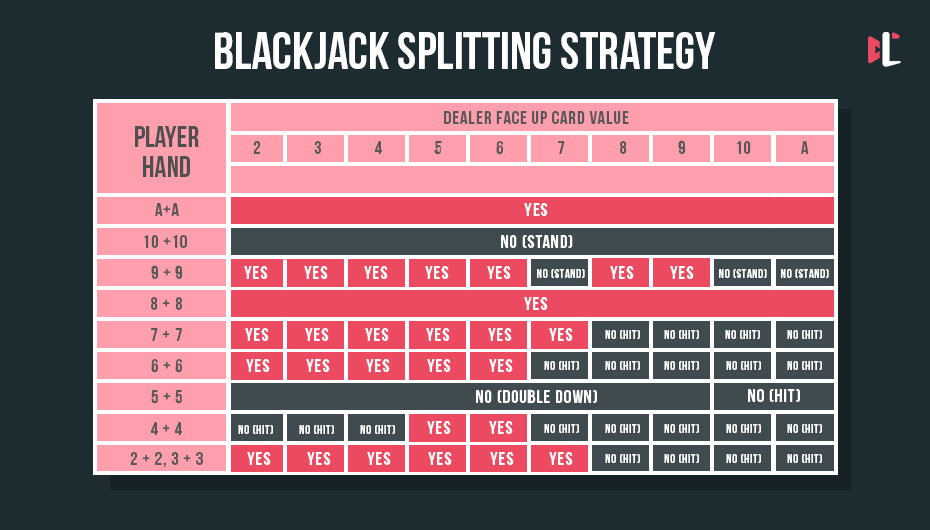
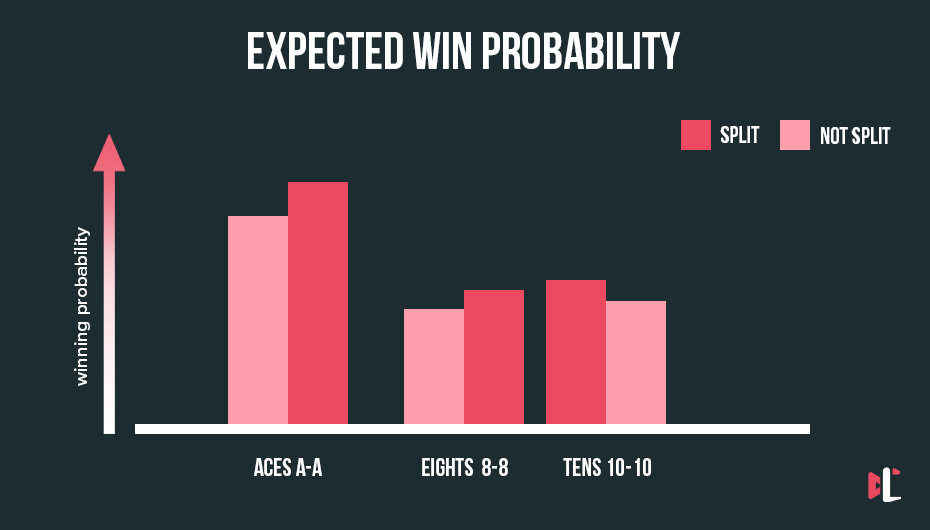

 Facebook
Facebook
 Pinterest
Pinterest
 Twitter
Twitter
 LinkedIn
LinkedIn
 Copy Link
Copy Link 








